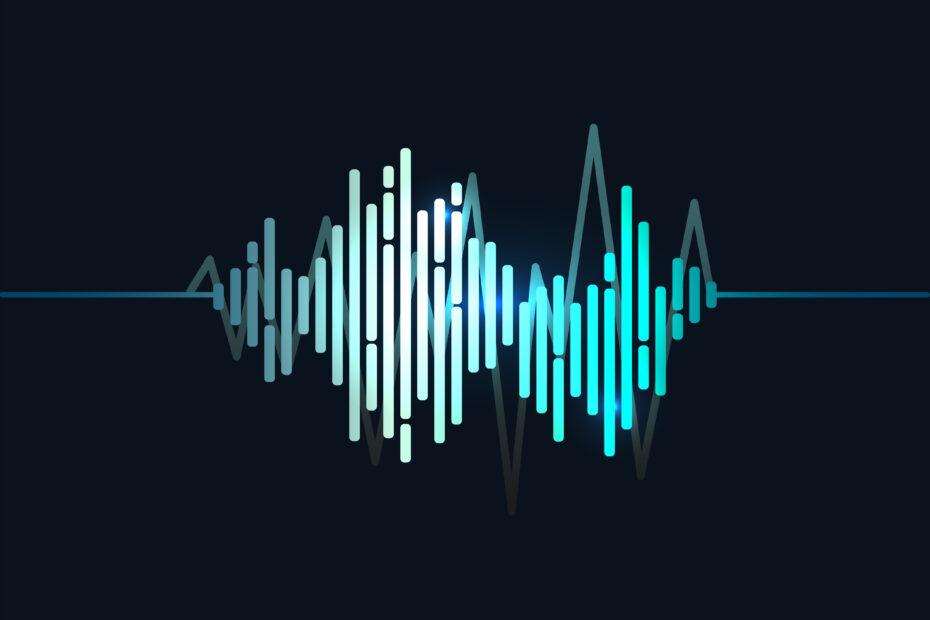AI learning techniques for audio tracks refer to the use of artificial intelligence (AI) to analyze, understand and learn from audio recordings. There are several methods and techniques that can be used to teach AI models to work with audio data. Here are some of the most common techniques:
- Machine learning: Machine learning is an approach where AI models are trained on large amounts of audio data to learn patterns and extract useful information. This can be done using various algorithms such as neural networks, support vector machines or decision trees. The models can learn to recognize different sound categories, such as speech, music or noise.
- Neural Networks: Neural networks are a type of machine learning model that is inspired by the human brain. These networks consist of many interconnected nodes, or "neurons," that can learn to process audio data. For audio tracks, recurrent neural networks (RNNs) can be particularly useful, as they can analyze sequential audio segments over time and understand connections in the audio.
- Deep Learning: Deep learning is a branch of machine learning that focuses on training deep neural networks with many layers. Deep learning has proven to be effective for audio analysis tasks such as audio classification, audio recognition, and speech recognition. Using deep learning, AI models can detect complex patterns and extract high-value information from audio tracks.
- Spectrogram analysis: Spectrogram analysis is a technique used to represent sound as a time-frequency image. By using Fourier transform, the sound can be converted from the time domain to the frequency domain. This enables AI models to analyze the sound in different frequency bands and learn characteristics characteristic of certain sound classes.
- Feature extraction: Feature extraction involves identifying and extracting relevant features from audio tracks. This can include features such as tempo, harmonic components, energy, overtones and much more. AI models can be trained on such features to learn to distinguish between different sounds or perform specific tasks such as speech recognition.
By combining these techniques, AI models can learn to analyze and understand audio tracks at different levels, whether for speech recognition, music analysis, noise reduction, or other related tasks. It is important to note that AI models need to be trained with large amounts of data to achieve high performance and accuracy in audio analysis tasks.

